Lumenera Blog
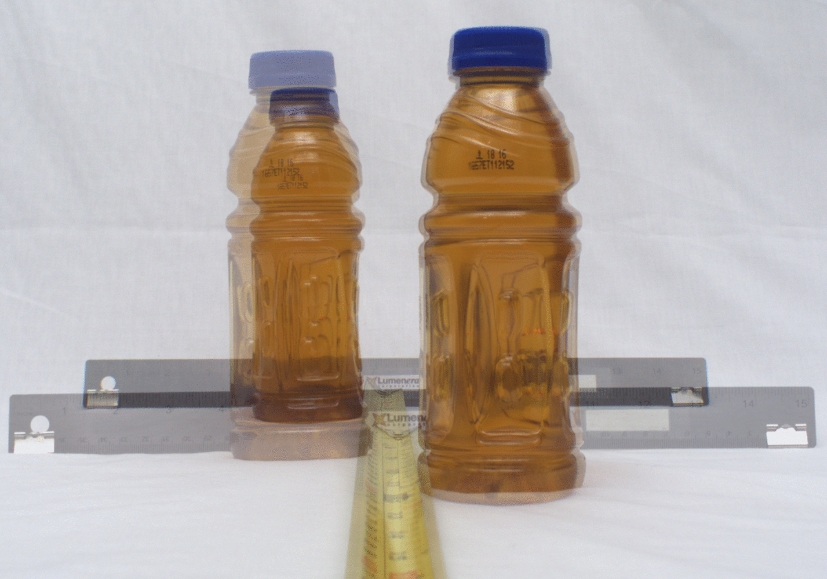
The Impact of a Lens’ Focal Length on a Vision System
Selecting a lens for a vision system plays a crucial part in the overall behavior of the system. Not only will it dictate your field of view and depth of field, but it can also have implications on your machine vision algorithms and rules. Let’s explore the impact that the lens’s focal length can have on a system using machine vision.
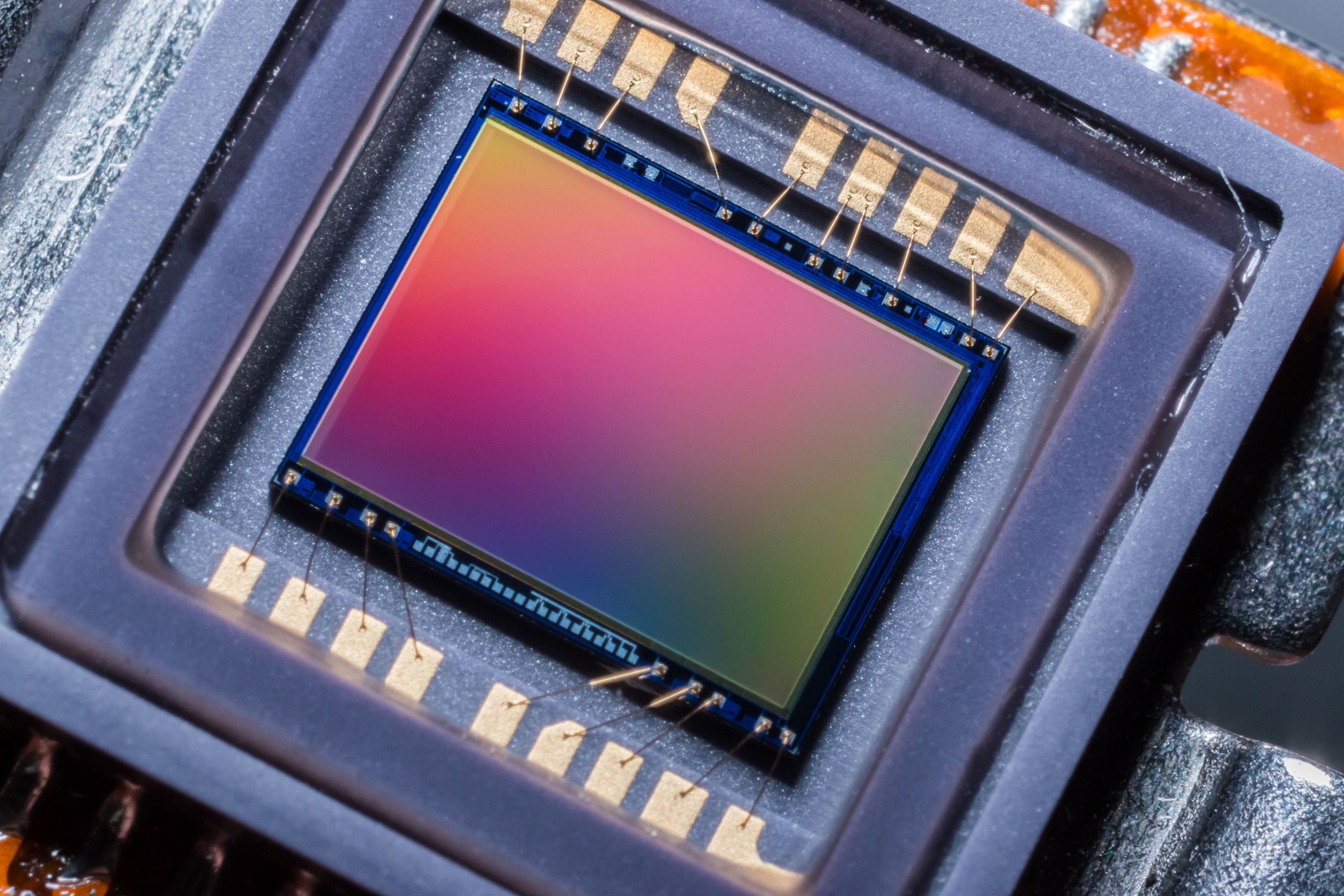
Why Sensor Size Matters When Selecting a Camera for an Imaging Application
When selecting a camera for an imaging application, the size of the camera’s sensor is an important consideration as sensor pixel size is directly related to its sensitivity. Sensor sizes, however, are not exactly as they may seem. A 1” sensor is indeed larger than 1/2” sensor but it does not measure exactly 1 inch in any of its dimensions including diagonally.
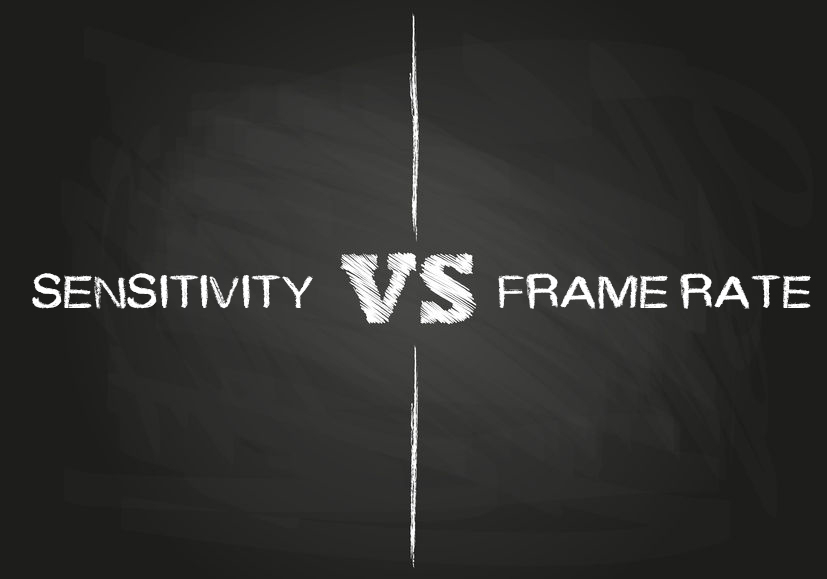
Sensitivity vs. Frame Rate in Low Light Imaging

Understanding Resolution in Digital Microscopy

An In-Depth Look at Bit Depth
The bit depth of a camera defines the number of distinct shades that are available for each pixel. Many imaging applications don’t require a bit depth of more than 8 bits, however when color accuracy is needed, high bit depth is key in detecting the slightest deviation from specific color tones. For instance, when inspecting paint in automotive assembly lines, high bit depth allows the industrial camera to perform the analysis with greater accuracy.
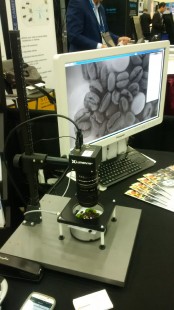
Using NIR for Inspection Applications
This week, Lumenera is at the SPIE Defense + Commercial Sensing show demonstrating our Lt16059HM, a USB 3.0 industrial grade 16 MP CCD large format monochrome camera with Canon lens and a visible light blocking filter. Using an 850 nm NIR light ring we will be demonstrating how the camera can help differentiate organic vs inorganic matter in inspection applications. The detail and sensitivity at this wavelength is a result of our superior camera design that does not contain infrared filters, anti-aliasing filters or data altering firmware commonly found consumer camera systems.

Back to School with Lumenera
Our friends at BioBus told us that our INFINITY microscope cameras made the experience significantly more impactful for both students and staff. As the hands-on, visual nature of microscopy is key to the success of their program, our research-grade cameras led to an enhanced learning experience for the students—they were more engaged and eager to spend more time on the microscopes, and able to ask more questions about the real-time results they were seeing on the monitors thanks to the video frame rate and high definitions images our cameras produced.

Selecting the Right Coupler for your Microscope Camera
Selecting a suitable coupler to connect a camera to a microscope is an important step in the instrument’s configuration. Another term for a coupler is a C-mount adapter, and the terms are often used interchangeably. When selecting a coupler, several factors must be considered in order to maximize the camera’s field of view, without compromising image quality.
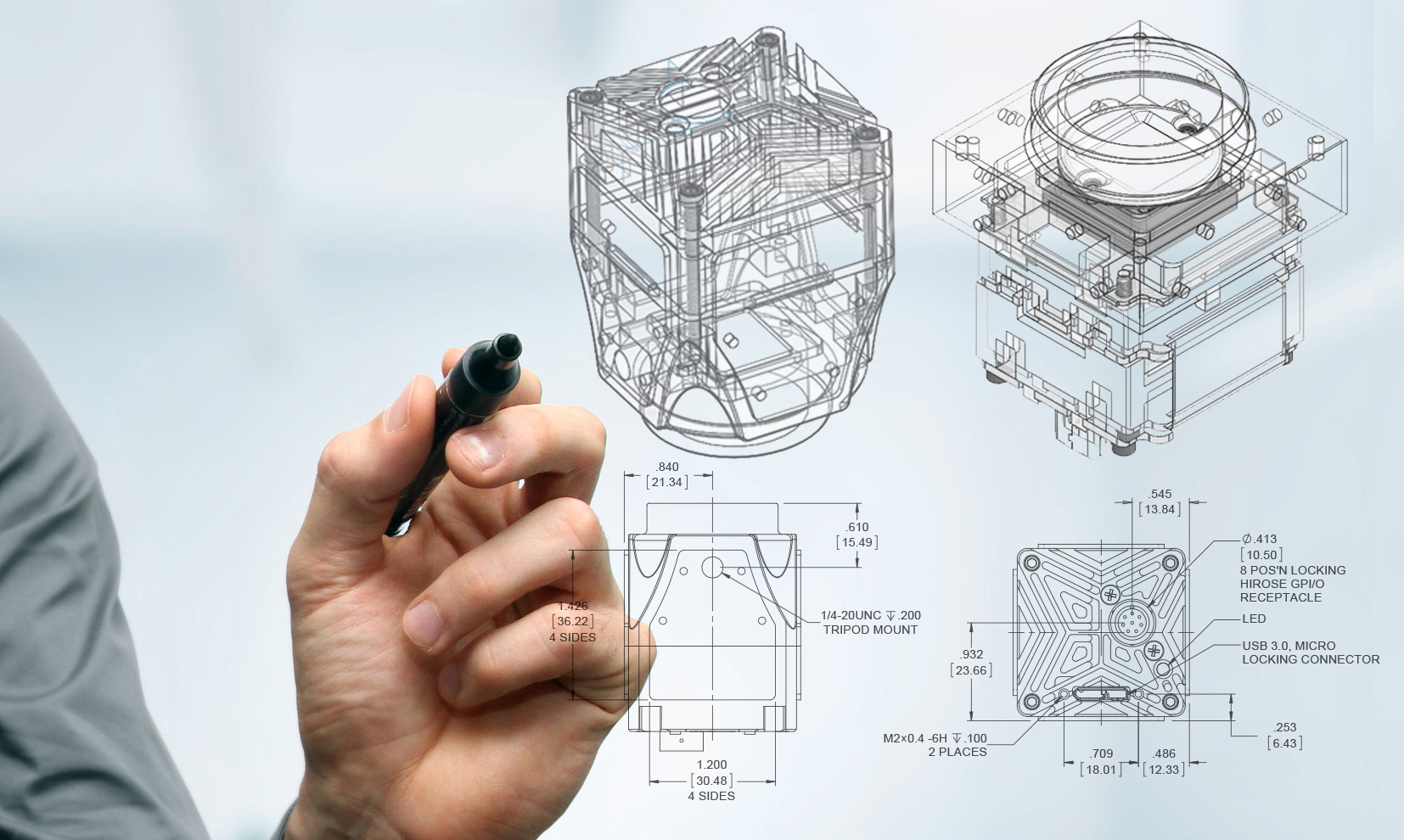
What’s Involved in a Custom or OEM Camera Solution?
Integrating an imaging solution into a new or existing vision system may seem like an overwhelming and costly process at first. Consumer-grade, off-the-shelf point and shoot cameras can sometimes do the job, providing an inexpensive short-term solution, but they often lack in features, capabilities, support, warranty eligibility and fail to meet the exact needs of a customer’s application. Turning to an OEM and custom camera manufacturer to provide an imaging solution for a customer’s unique requirements may sound like it would be a more expensive option, but this isn’t always the case.
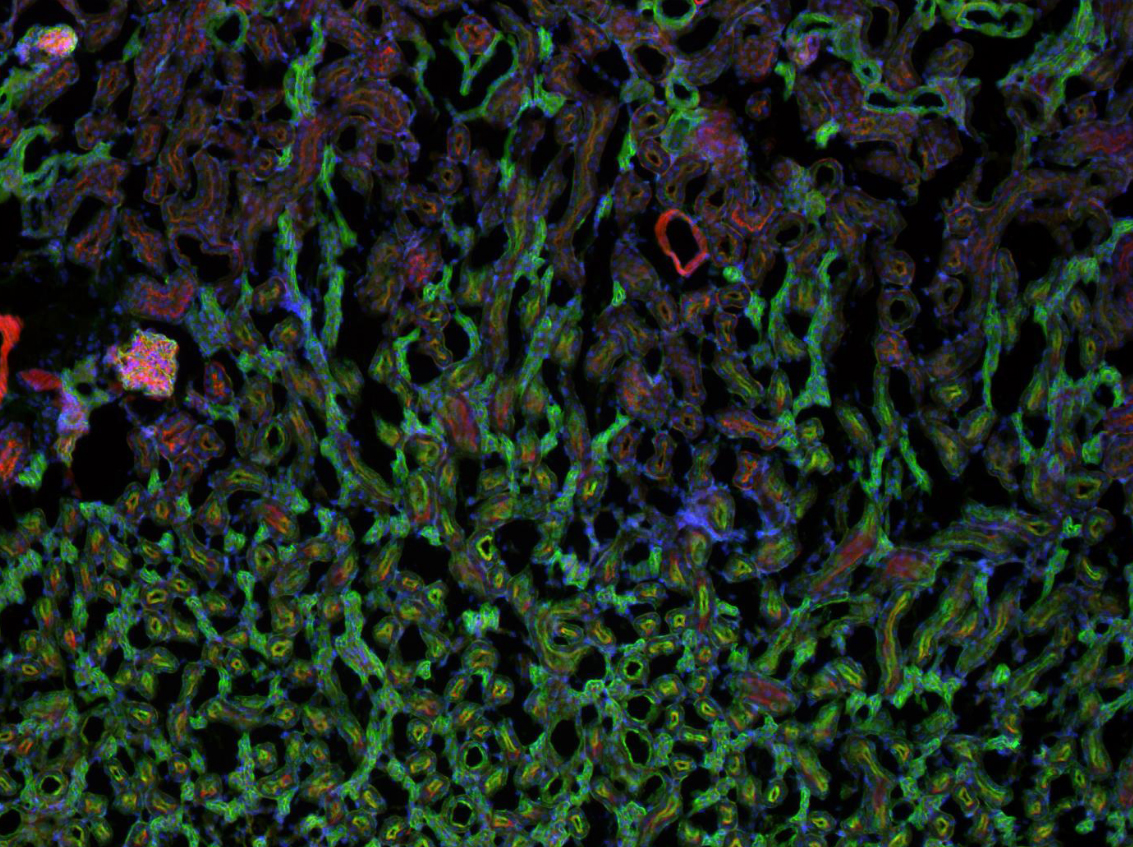
Fluorescence Microscopy – The Importance of QE & Low Noise
Fluorescence microscopy is a specialized branch of microscopy that allows the observer to tag different elements of a specimen with proteins that will fluoresce under various wavelengths of light. The emitted fluorescent light from the specimen can be quite faint and is sometimes very difficult to see. The camera used to image the low emission target needs to be highly sensitive in order to detect the fluorescing light. It should also have minimal noise to ensure accuracy above the noise floor and offer the highest signal-to-noise ratio possible.

